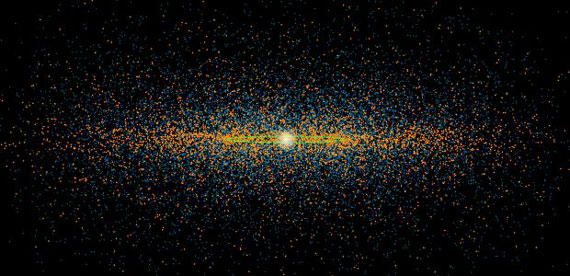 Alon Efrat and Jonathan Myers of the University of Arizona computer science department are working under a new grant to help improve methods for discovering asteroids on paths toward Earth.
Alon Efrat and Jonathan Myers of the University of Arizona computer science department are working under a new grant to help improve methods for discovering asteroids on paths toward Earth.
Dec 4th, 2012
Read more
Chinese astronauts may get fresh vegetables and oxygen supplies by gardening in extraterrestrial bases in the future, an official said after a just-concluded lab experiment in Beijing.
Dec 4th, 2012
Read more
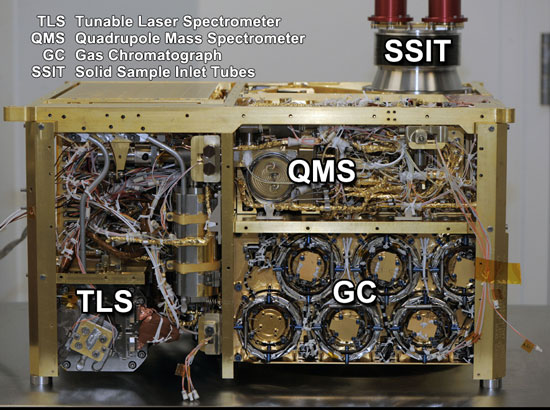 NASA's Curiosity rover analyzed its first solid sample of Mars in Nov. with a variety of instruments, including the Sample Analysis at Mars (SAM) instrument suite.
NASA's Curiosity rover analyzed its first solid sample of Mars in Nov. with a variety of instruments, including the Sample Analysis at Mars (SAM) instrument suite.
Dec 3rd, 2012
Read more
Scattered around the Milky Way are stars that resemble our own sun - but a new study is finding that any planets orbiting those stars may very well be hotter and more dynamic than Earth.
Dec 3rd, 2012
Read more
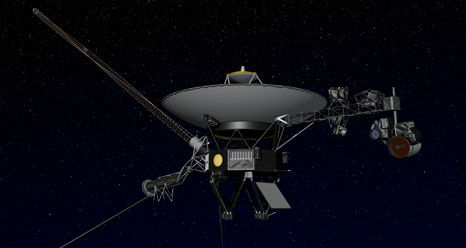 NASA's Voyager 1 spacecraft has entered a new region at the far reaches of our solar system that scientists feel is the final area the spacecraft has to cross before reaching interstellar space.
NASA's Voyager 1 spacecraft has entered a new region at the far reaches of our solar system that scientists feel is the final area the spacecraft has to cross before reaching interstellar space.
Dec 3rd, 2012
Read more
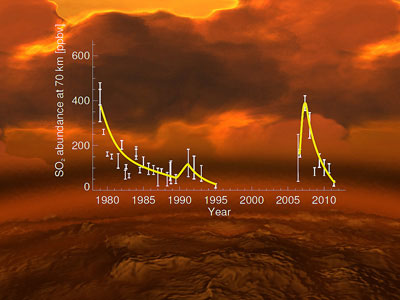 Six years of observations by ESA's Venus Express have shown large changes in the sulphur dioxide content of the planet's atmosphere, and one intriguing possible explanation is volcanic eruptions.
Six years of observations by ESA's Venus Express have shown large changes in the sulphur dioxide content of the planet's atmosphere, and one intriguing possible explanation is volcanic eruptions.
Dec 3rd, 2012
Read more
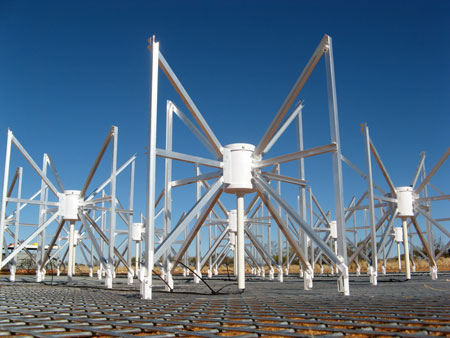 A small pocket of Western Australia's remote outback is set to become the eye on the sky and could potentially save the world billions of dollars. The Murchison Widefield Array (MWA) radio telescope, unveiled today, Friday 30 November, will give the world a dramatically improved view of the Sun and provide early warning to prevent damage to communication satellites, electric power grids and GPS navigation systems.
A small pocket of Western Australia's remote outback is set to become the eye on the sky and could potentially save the world billions of dollars. The Murchison Widefield Array (MWA) radio telescope, unveiled today, Friday 30 November, will give the world a dramatically improved view of the Sun and provide early warning to prevent damage to communication satellites, electric power grids and GPS navigation systems.
Nov 30th, 2012
Read more
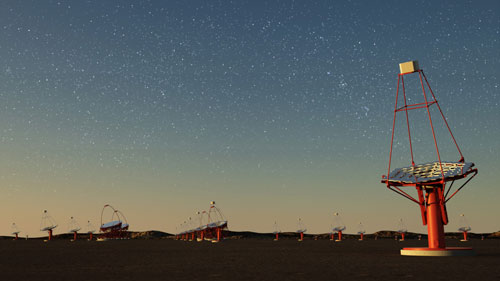 European funding agencies for astroparticle physics celebrate today the successful work of the ASPERA European funded network and the launch of the newly founded APPEC, the Astroparticle Physics European Consortium.
European funding agencies for astroparticle physics celebrate today the successful work of the ASPERA European funded network and the launch of the newly founded APPEC, the Astroparticle Physics European Consortium.
Nov 30th, 2012
Read more
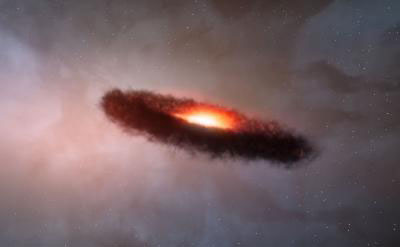 ALMA sizes up grains of cosmic dust around failed star.
ALMA sizes up grains of cosmic dust around failed star.
Nov 30th, 2012
Read more
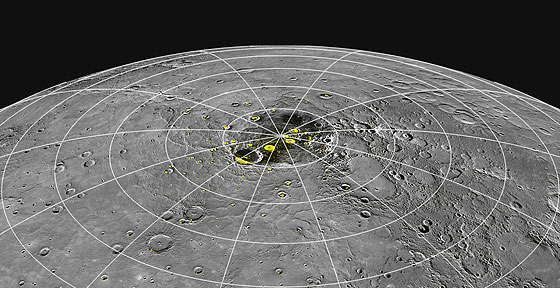 Ice and organic material may have been carried to the planet by passing comets.
Ice and organic material may have been carried to the planet by passing comets.
Nov 30th, 2012
Read more
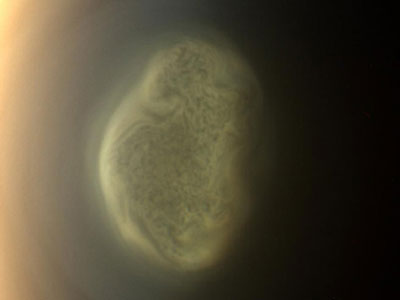 Data from NASA's Cassini spacecraft tie a shift in seasonal sunlight to a wholesale reversal, at unexpected altitudes, in the circulation of the atmosphere of Saturn's moon Titan.
Data from NASA's Cassini spacecraft tie a shift in seasonal sunlight to a wholesale reversal, at unexpected altitudes, in the circulation of the atmosphere of Saturn's moon Titan.
Nov 29th, 2012
Read more
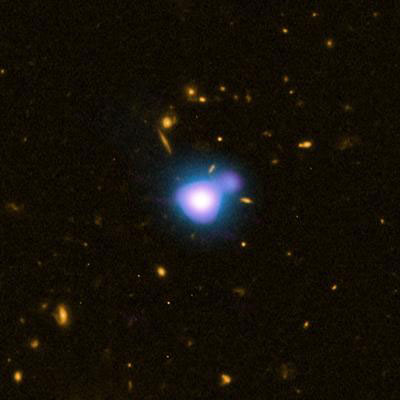 A jet of X-rays from a supermassive black hole 12.4 billion light years from Earth has been detected by NASA's Chandra X-ray Observatory. This is the most distant X-ray jet ever observed and gives astronomers a glimpse into the explosive activity associated with the growth of supermassive black holes in the early universe.
A jet of X-rays from a supermassive black hole 12.4 billion light years from Earth has been detected by NASA's Chandra X-ray Observatory. This is the most distant X-ray jet ever observed and gives astronomers a glimpse into the explosive activity associated with the growth of supermassive black holes in the early universe.
Nov 28th, 2012
Read more
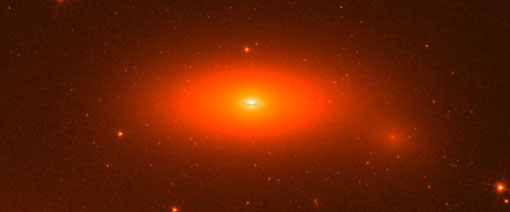 A group of astronomers have discovered a black hole that could shake the foundations of current models of galaxy evolution. At 17 billion times the mass of the Sun, its mass is much greater than current models predict - in particular in relation to the mass of its host galaxy.
A group of astronomers have discovered a black hole that could shake the foundations of current models of galaxy evolution. At 17 billion times the mass of the Sun, its mass is much greater than current models predict - in particular in relation to the mass of its host galaxy.
Nov 28th, 2012
Read more
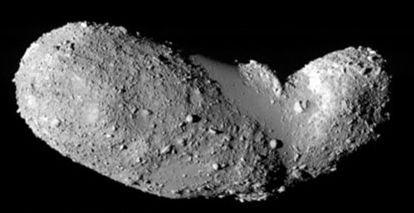 To the naked eye there is nothing to see, and yet the small transparent container holds something never observed before. For the first time, scientists are studying asteroid dust collected by a spacecraft and returned to Earth.
To the naked eye there is nothing to see, and yet the small transparent container holds something never observed before. For the first time, scientists are studying asteroid dust collected by a spacecraft and returned to Earth.
Nov 28th, 2012
Read more
Imagine landing on the moon or Mars, putting rocks through a 3-D printer and making something useful - like a needed wrench or replacement part.
Nov 28th, 2012
Read more
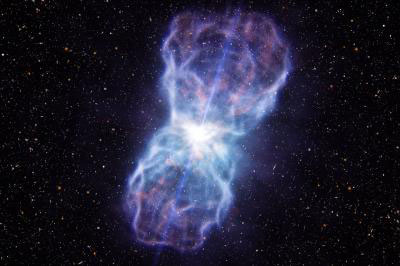 New European Southern Observatory observations reveal most powerful quasar outflow ever found.
New European Southern Observatory observations reveal most powerful quasar outflow ever found.
Nov 28th, 2012
Read more
The National Renewable Energy Laboratory (NREL) and collaborators released a 20-year updated version of the U.S. National Solar Radiation Database, a web-based technical report that provides critical information about solar and meteorological data for 1,454 locations in the U.S. and its territories.
Nov 28th, 2012
Read more
NASA is exploring options for innovative and imaginative uses of two large space telescopes recently transferred to the agency. In a request for information (RFI) published Monday, NASA seeks information about system concepts and architectures that would take advantage of these assets to address NASA's goals in astrophysics, heliophysics, planetary sciences, and human spaceflight.
Nov 28th, 2012
Read more
 Alon Efrat and Jonathan Myers of the University of Arizona computer science department are working under a new grant to help improve methods for discovering asteroids on paths toward Earth.
Alon Efrat and Jonathan Myers of the University of Arizona computer science department are working under a new grant to help improve methods for discovering asteroids on paths toward Earth.
 Subscribe to our Space Exploration News feed
Subscribe to our Space Exploration News feed










